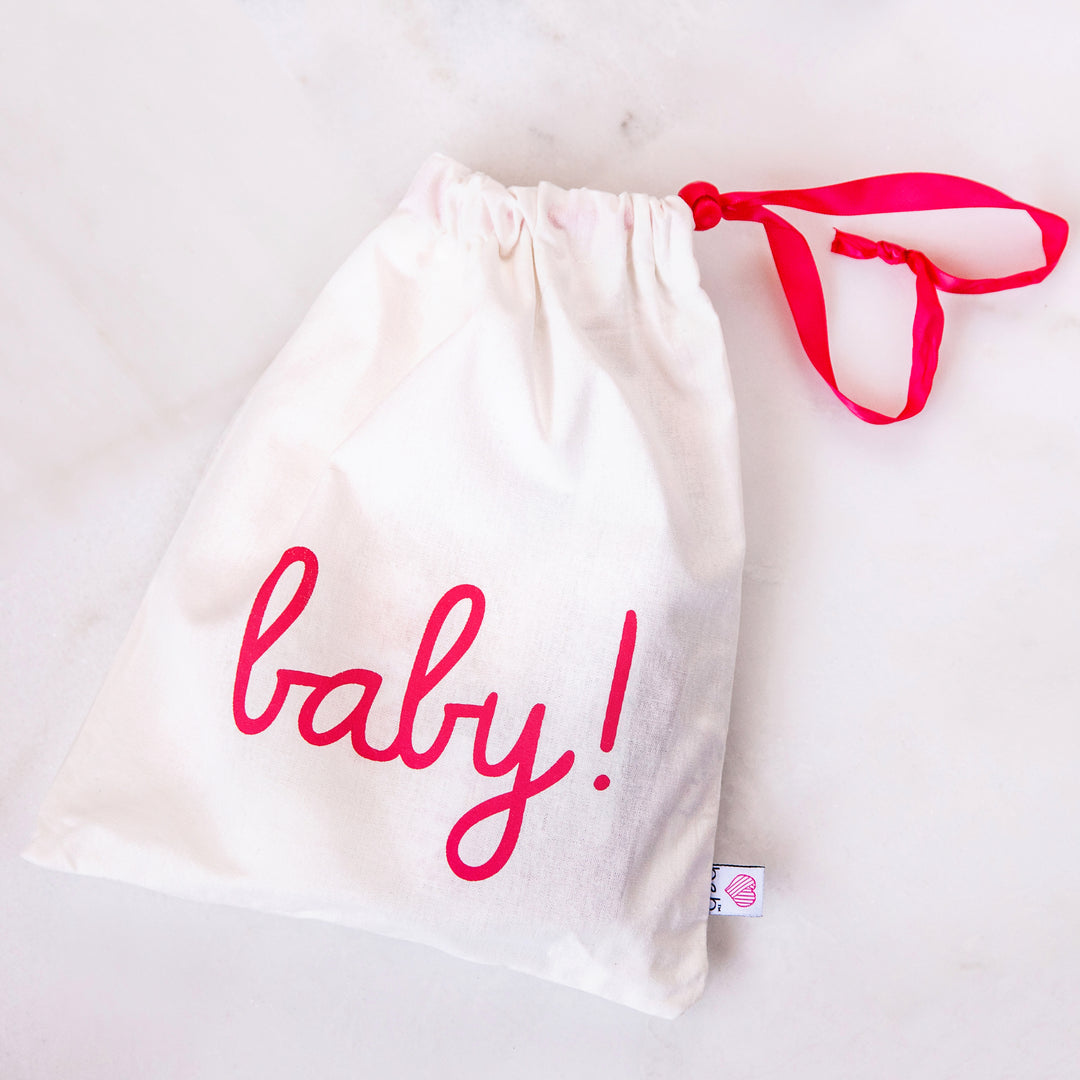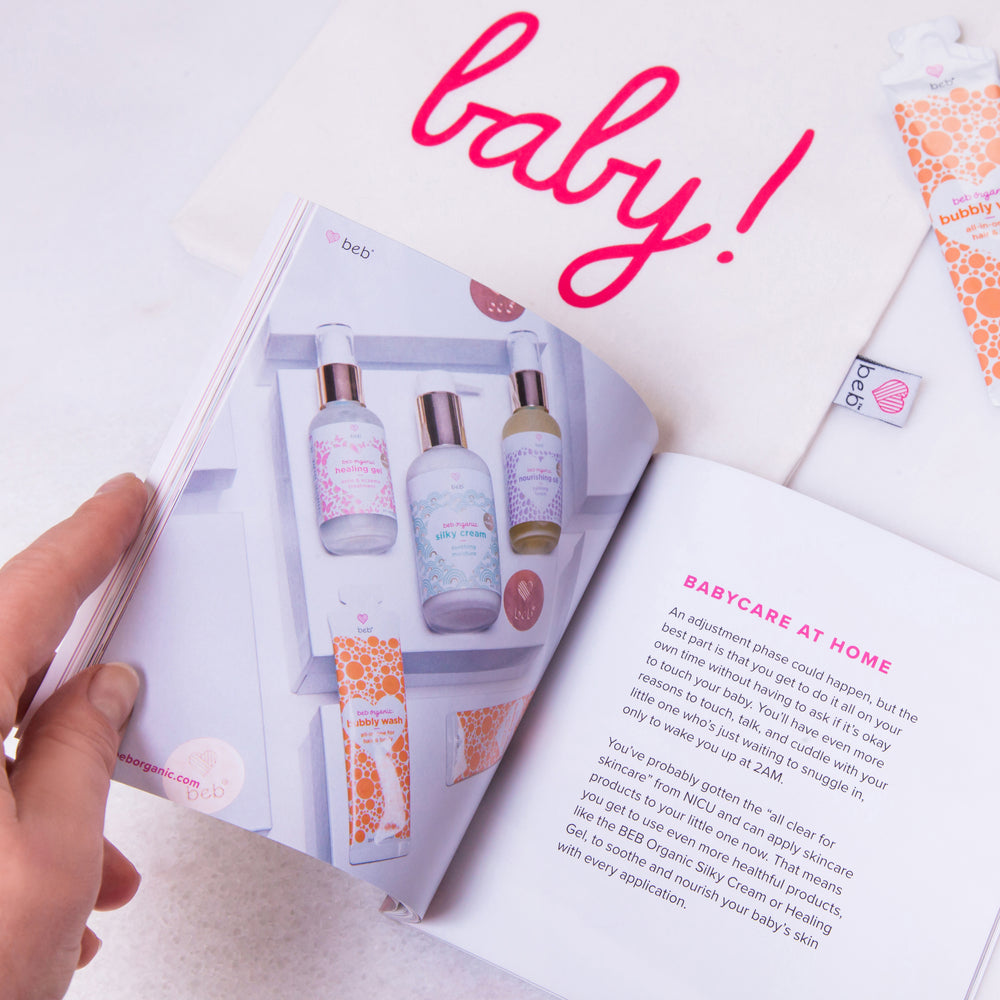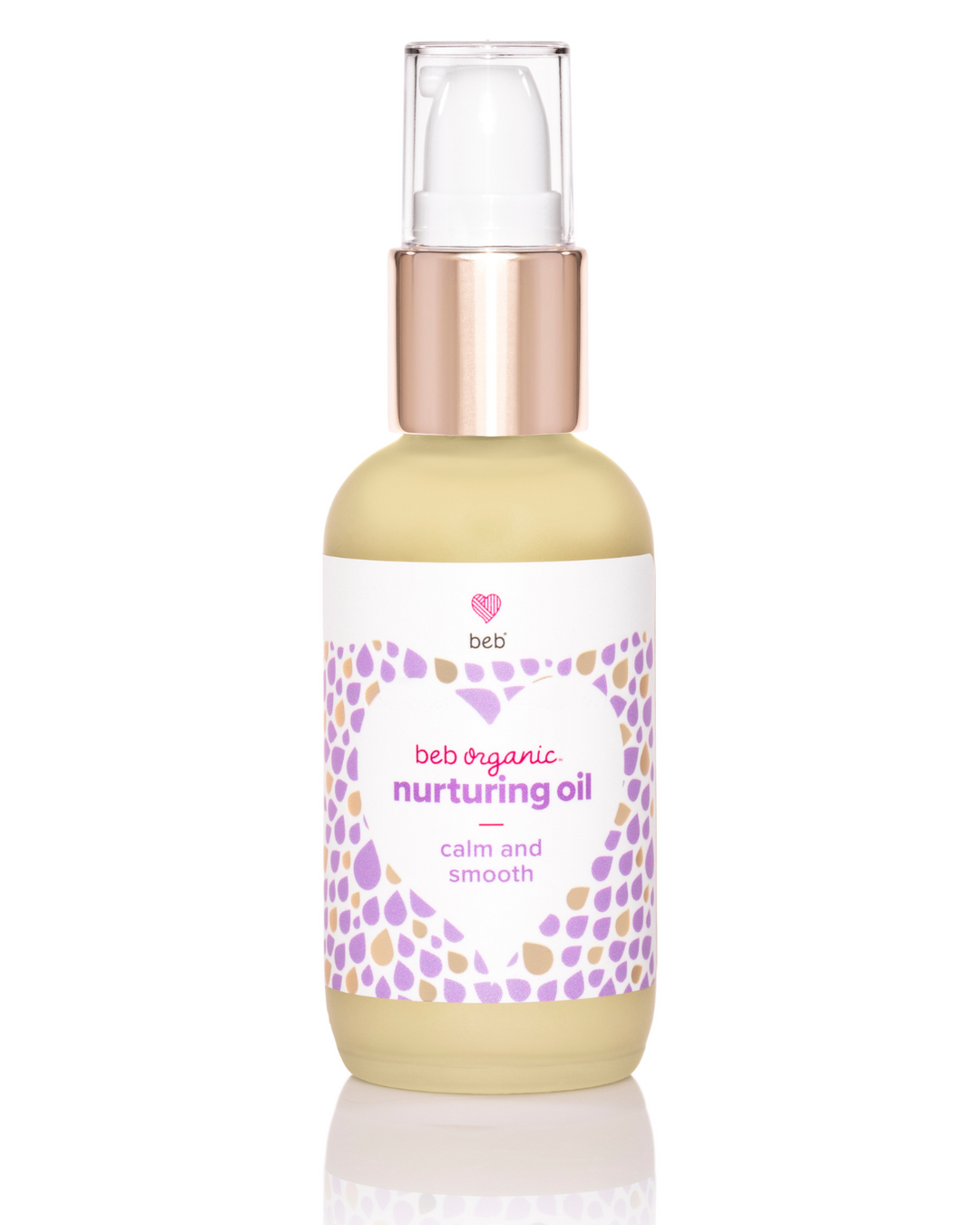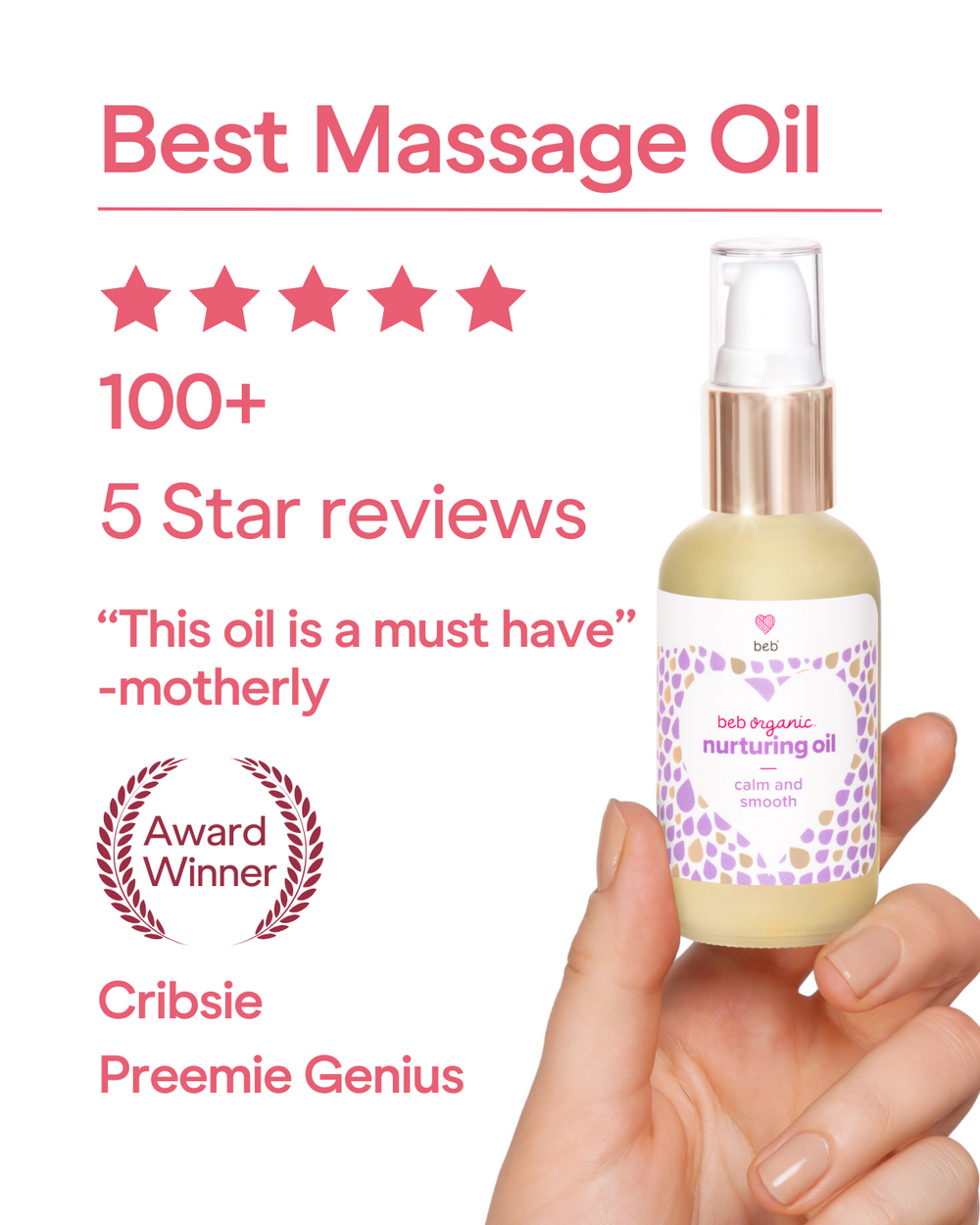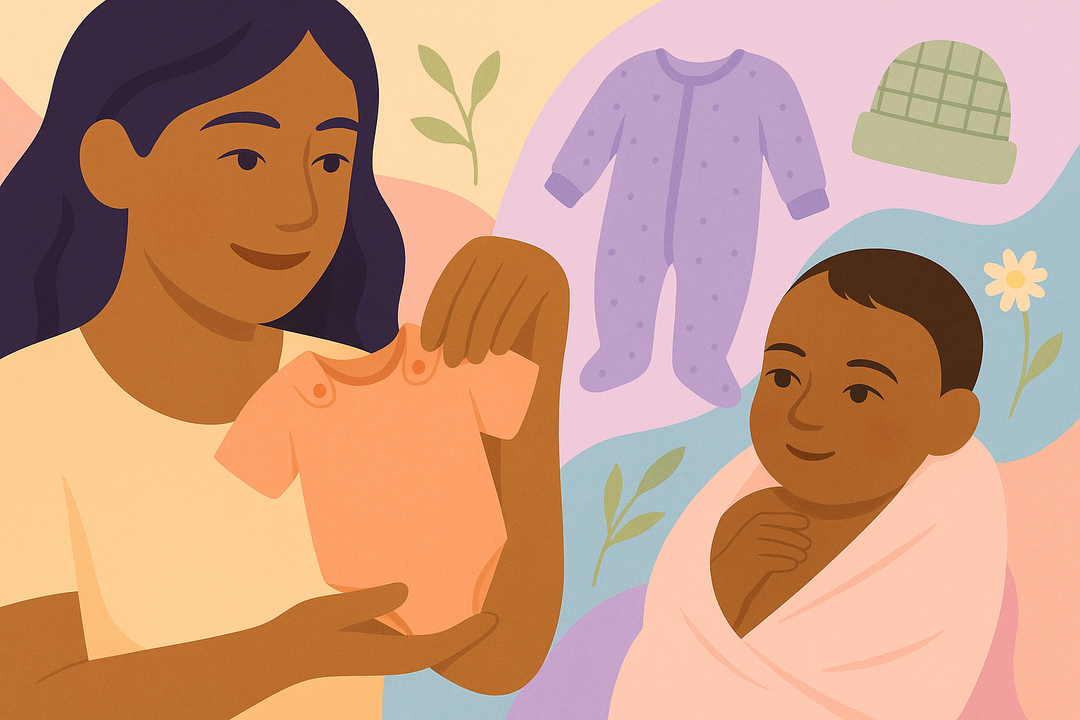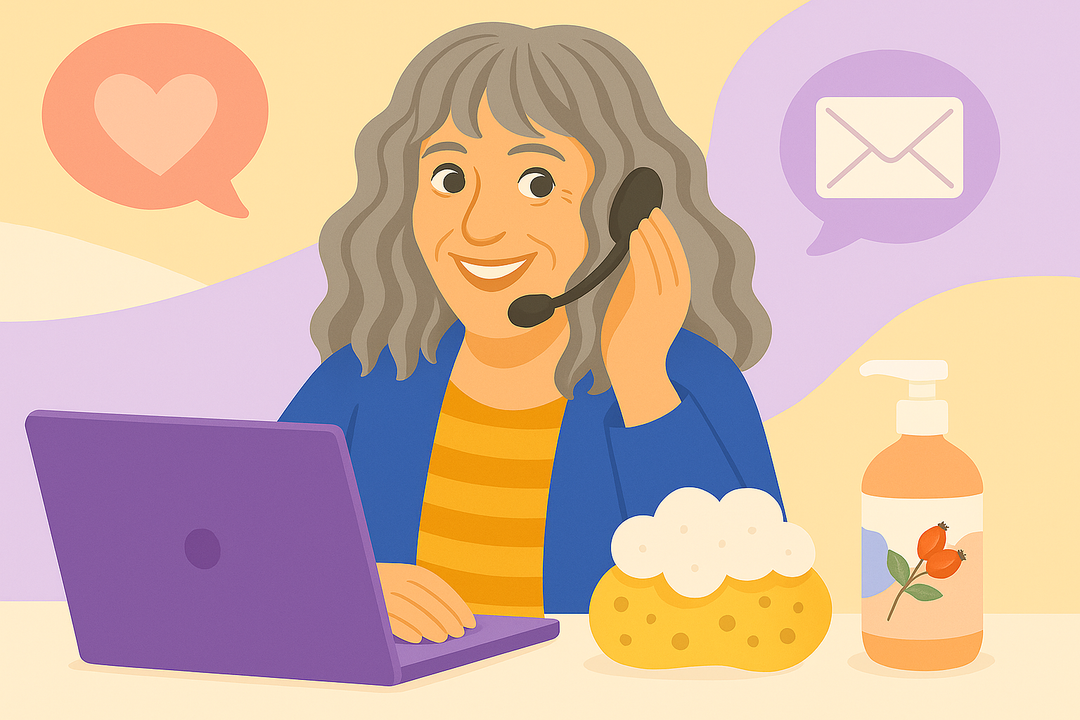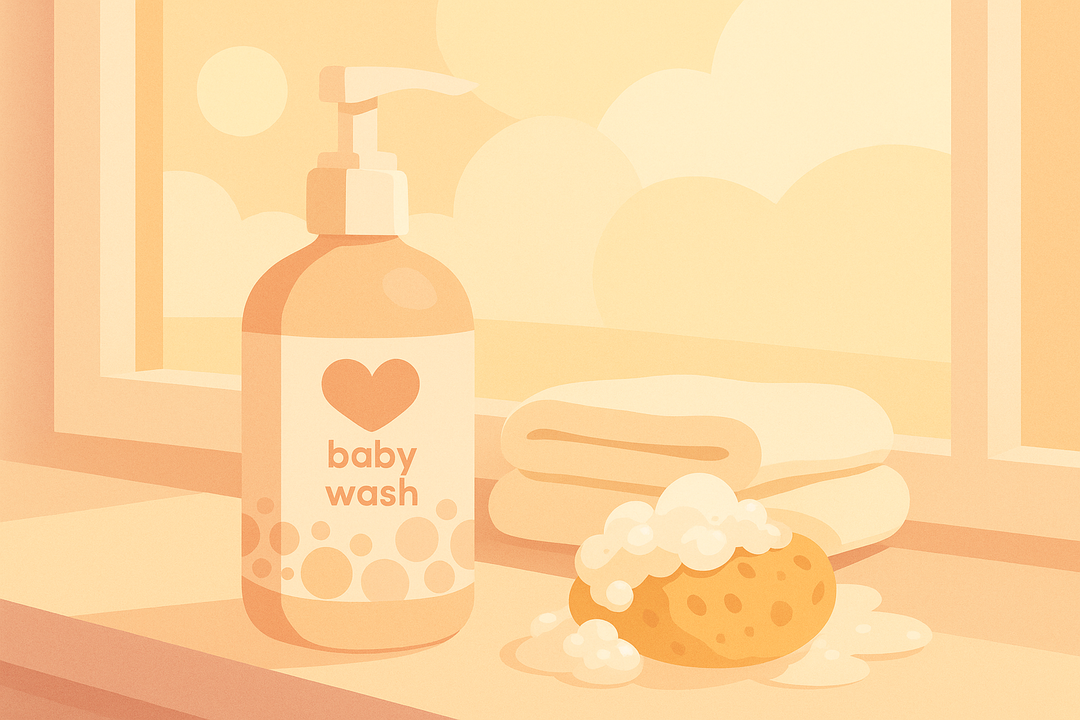Mastering Preemie Baby Massage
When your preemie’s skin can handle it, this form of touch therapy will help them grow. You may be wondering exactly how to massage your baby, what to do, and what to avoid.
We understand, and our BEB Organic expert team created this beginner’s guide to baby massage to answer all your questions and help you get started with confidence and ease.
Once you know all the amazing evidence-based benefits of baby massage—from improving sleep to enhancing immunity, circulation, and digestion to supporting brain function and parent-child bonding—you’ll probably want to get started right away.
Our BEB Organic Nurturing Oil adds healthy ingredients to the love you give during your first tentative massage—and the expert ones you'll give later.


The Safety of Baby Massage
When performed properly with gentle, loving strokes, infant massage is completely safe, with no negative side effects. Just keep a few precautions in mind:
- If a baby is massaged too vigorously or with strong pressure, they can be hurt or traumatized. Massage gently, especially with your little preemie.
- Babies who are sick or who have heart problems shouldn't be massaged, unless under a doctor's order.
- Use a safe, non-toxic oil or lotion that does not trigger a skin reaction in your baby, like BEB Organic Nurturing Oil.
Always check with your doctor first before adding baby massage to your routine.

Getting Ready for Baby Massage
Almost all babies love massage. This will be a special time of pleasure and close connection for you and your child.
Set aside a generous amount of time when you won’t be interrupted. Turn off the ringer on your phone and close your computer. Find a good location with a firm surface and warm ambient temperature. Make sure you have everything you need at hand including massage oil, a blanket, a firm mat if you wish to use one, tissues, clean diapers, and baby clothes or pajamas.
Take a moment to relax so you don’t pass along a feeling of stress to your baby. Start with a few deep breaths and allow any tension you feel to dissolve on the out-breath. After a couple of these you’re ready to begin.
The Do’s of Baby Massage for Preemies
Whether your baby is a preemie or healthy newborn, they will benefit the most from a regular routine of massage, so select the same time every day for the massage session, if possible.
Some of the best times include in the morning, after a bath or before going to bed. Experiment and see what time of day baby seems to enjoy her massage the most.
To be sure there’s no reaction – especially with delicate preemie skin – test the oil on a small spot of your baby’s skin and wait a day before you use it for a full massage.
Use a baby-appropriate oil or lotion like our BEB Organic Nurturing Oil to help your hands and fingers glide easily over your baby’s skin. It should be natural, unscented, edible, and in an unbreakable container. Warm the oil in your hands until it reaches skin temperature—put a little in your hand then rub your hands together for a few seconds.
Keep your nails trimmed and take off your watch and jewelry to avoid harming your baby. Play soothing music or sing as you massage.
Make sure the room temperature is warm enough—at least 75 degrees F—since your baby will be unclothed. You can also cover baby with a blanket except for the area of the body you are massaging—this is especially advisable for preemies and newborns.
Undress your baby and place them on a blanket or mat atop a firm surface – like the floor or a changing table – that is secure and comfortable for both of you, and soft enough for baby. Make sure they are at a height that won’t affect your back—either too high or too low can quickly make it hurt.
Start with your baby on their back with their head propped on a pillow so you can easily see their expressions.
Show them you are about to begin the massage. You could hold up your hands, rub lotion between your palms, or use a verbal cue. Use the same one each time, so your baby can learn to connect the sign with the start of the daily massage session. This routine will help them relax.
As you massage, watch for your baby’s non-verbal cues and listen for their verbal ones. Smiling, cooing, sucking, tongue extension, body movement, and placing hand to mouth are some positive signs that say, “I like this.”
Frowning, crying, coughing, spitting up, hiccups, changing color, a change in breathing, throwing arms and legs about, stiffening, and arching their back are signs to take a break or discontinue the massage.
Downward strokes are usually calming, while upward strokes tend to stimulate. Downward strokes are usually best for infants.
Your strokes should be just firm enough they don’t tickle. Just like adults, most babies don’t like to be tickled, and your baby’s cues will tell you if the pressure is soothing, or not.
Use light pressure when massaging joints to avoid straining the ligaments and muscles.
Use touch, your voice, eye contact and movement to give your baby a complete experience, unless they become easily over-stimulated.
The Don’ts of Baby Massage for Preemies
Don’t try to massage your baby if they're sleepy, fussy, sick, or not alert.
Never use a soft surface such like a bed or couch for baby massage. A changing table or the floor (with a blanket or pad) are appropriately firm surfaces.
Don’t continue massaging your infant if they appear uncomfortable or distressed. See the signs listed above in the “Do’s section.”
If your baby is easily overstimulated, don’t talk, sing, or play music during the massage, but do use eye contact and whispered statements of love and encouragement to connect with them.
Don’t use deep-tissue massage as you would for an adult—it could cause trauma or injury to your baby. Light pressure and slow, gentle strokes are the most calming and soothing…and fun.
Don’t massage your baby when they're hungry or full.
Don't let the massage oil get into the eyes, nose, or ears. Avoid massaging the soft spot on your baby's head, and massaging directly over their spine.

Baby Massage Techniques
As a general approach, use smooth, light strokes with your palms or fingers, but not so light that it tickles. Use fingertips to massage toes, fingers, and the head, and your palms for the other areas of the body.
Move from the center of the body outward. For example, if you are massaging an arm, start at the shoulder and end at the wrist or hand. Massage both sides of the body, not just one arm or one leg. In each session, massage the entire body, following the age-specified guidelines below, unless your child shows signs of discomfort.
Limit newborn massage to five minutes, but watch your preemie to see if even this time is too long right now. After a month, increase the time to 10 minutes. After two months you can massage your baby for 15 minutes. After six months you can massage from 20 to 30 minutes.
At this age, you can follow your baby’s signals to tell you when to stop, since their mood and receptivity may vary from day-to-day.
Limit newborn massage to the arms, hands, legs, and feet. After a month, you can also massage the stomach and chest. After two months, you can include the head and back.
Here are a few simple massage techniques universally loved by babies:
Arms and Legs:
Use a “milking” stroke for the arms and legs. This means encircling your baby’s hand or leg at the shoulder or hip with the thumbs and fingers of one hand and then moving downward with a gentle squeezing action similar to milking.
When you reach the wrist or ankle, begin the same action with your other hand at the shoulder or hip to create an unbroken sense of touch. Also, try a “rolling” stroke where you lightly roll your baby’s arm or leg between both your hands. Then massage the palms and feet between your hands or with your fingers.
Chest, Abdomen, Back and Buttocks:
Use gentle, circular movements with your open palms or fingers or long, sweeping strokes. Start at the baby’s shoulders and stroke gently towards the chest. Massage their abdomen with your fingertips in a circular, clockwise motion. Do not massage the genitalia.
When you place your baby on her tummy to massage her back, place their hands in front of them, rather than at their sides. Use your fingertips to massage their shoulders with small, circles and use the same small circular motion to massage down one side of the spine and up the other.
Don’t press directly on the spine. Using your fingers like a soft rake, stroke down the back. Use a larger, circular motion on the buttocks.
Face and Head:
Use small circles and gentle strokes.
Stroke from the bridge of the nose out over the cheeks, from the inside of the eyebrows to the outside, and massage the ears between your thumb and index finger. Use small circles to massage the jaw.
Holding the head with both hands, massage the scalp with your fingertips, but avoid the soft spot at the top of the head.
To end, start at their head and gently slide your hands down the body to their toes, then go back to their shoulders and stroke down the arms to their fingers.
Origins and History of Infant Massage
Historians tell us that baby massage dates back 3,000 years. A valued tradition routinely practiced in cultures as widespread as India, Asia, Africa, New Zealand, and the Caribbean, the techniques of baby massage have been passed down from one generation to the next.
Baby massage was first introduced in the United States in the 1970s and continues to grow in popularity because of the growing scientific evidence for its effectiveness as an essential part of a baby’s daily routine.
Sources
- Aly H, Moustafa MF, Hassanein SM, Massaro AN, Amer HA, Patel K. Physical activity combined with massage improves bone mineralization in premature infants: a randomized trial. J Perinatol 2004; 24: 305-309.
- Diego MA, Field T, Hernadaz-Reif M. temperature increase in preterm infants during massage therapy. Infant Behav Dev 2008; 31: 149-152. 4
- Darmstadt GL, Dinulos JG. Neonatal skin care. Pediatr Clin North Am 2000; 47: 757-782.
- Lee HK. The effects of infant massage on weight, height, and mother-infant interaction. Taehan Kanho Hakhoe Chi 2006; 36: 1331-1339. 2
- Solanki K, Matnani M, Kale M, Joshi K, Bavdekar A, Bhave S, et al. Transcutaneous absorption of topically massaged oil in neonates. Indian Pediatr. 1987; 24: 1111-1116.
Agarwal KN, Gupta A, Pushkarna R, Bhargava SK, Faridi MMA, Prabhu MK. Effects of massage and use of oil on growth, blood flow and sleep pattern in infants. Indian J Med Res 2000; 112: 212-217.
ABOUT THE EXPERTS
Kim Walls, MS is an internationally-recognized skincare expert focused on optimizing health through skincare. Leading child health advocacy groups and national media rely on Kim's clinical expertise to help parents navigate the often confusing world of natural skincare.


